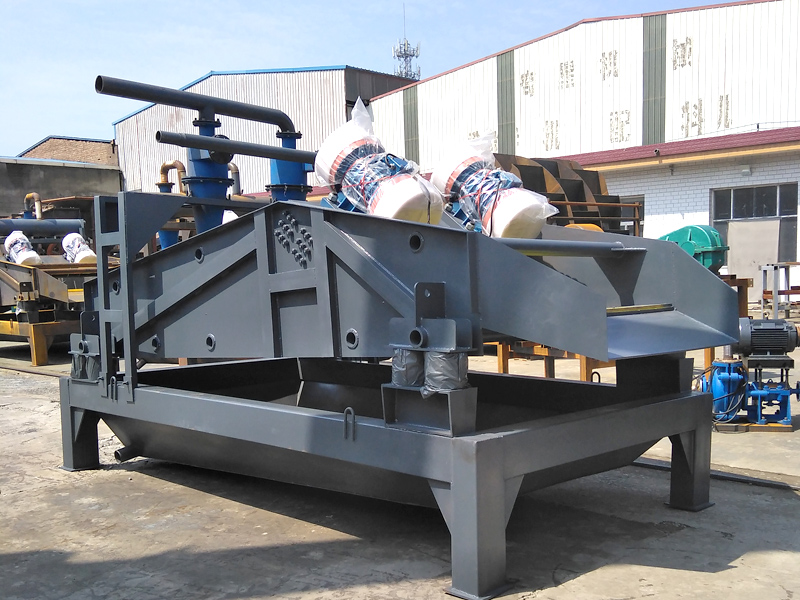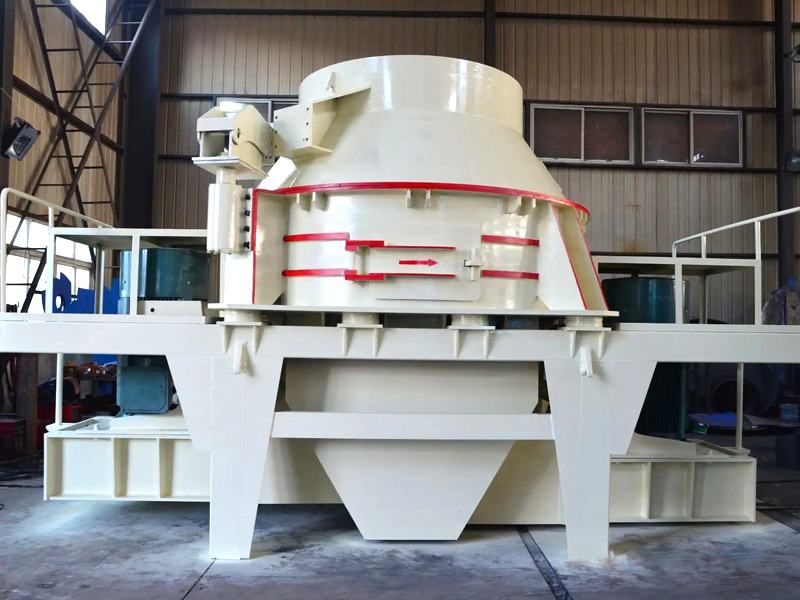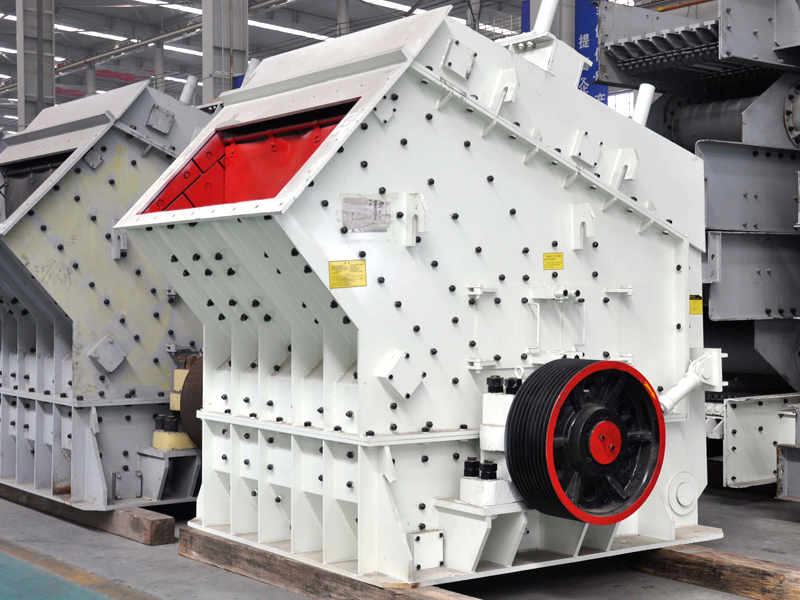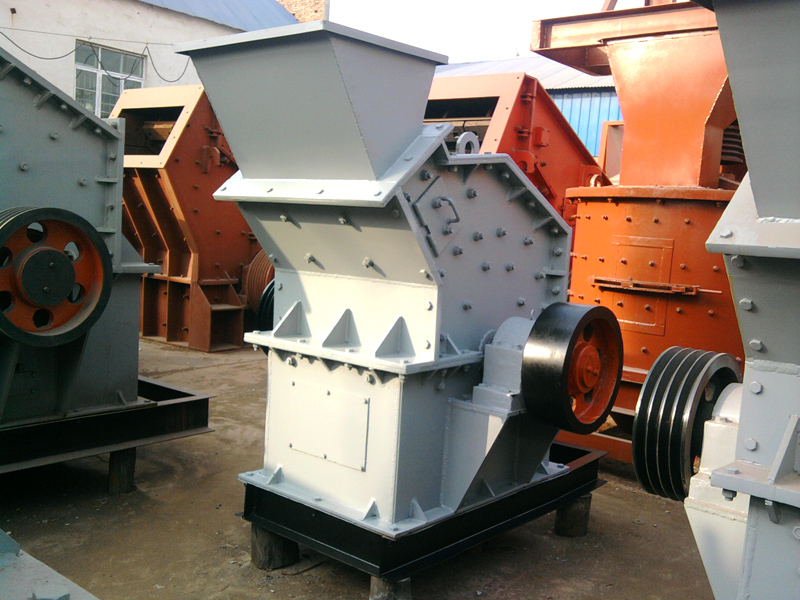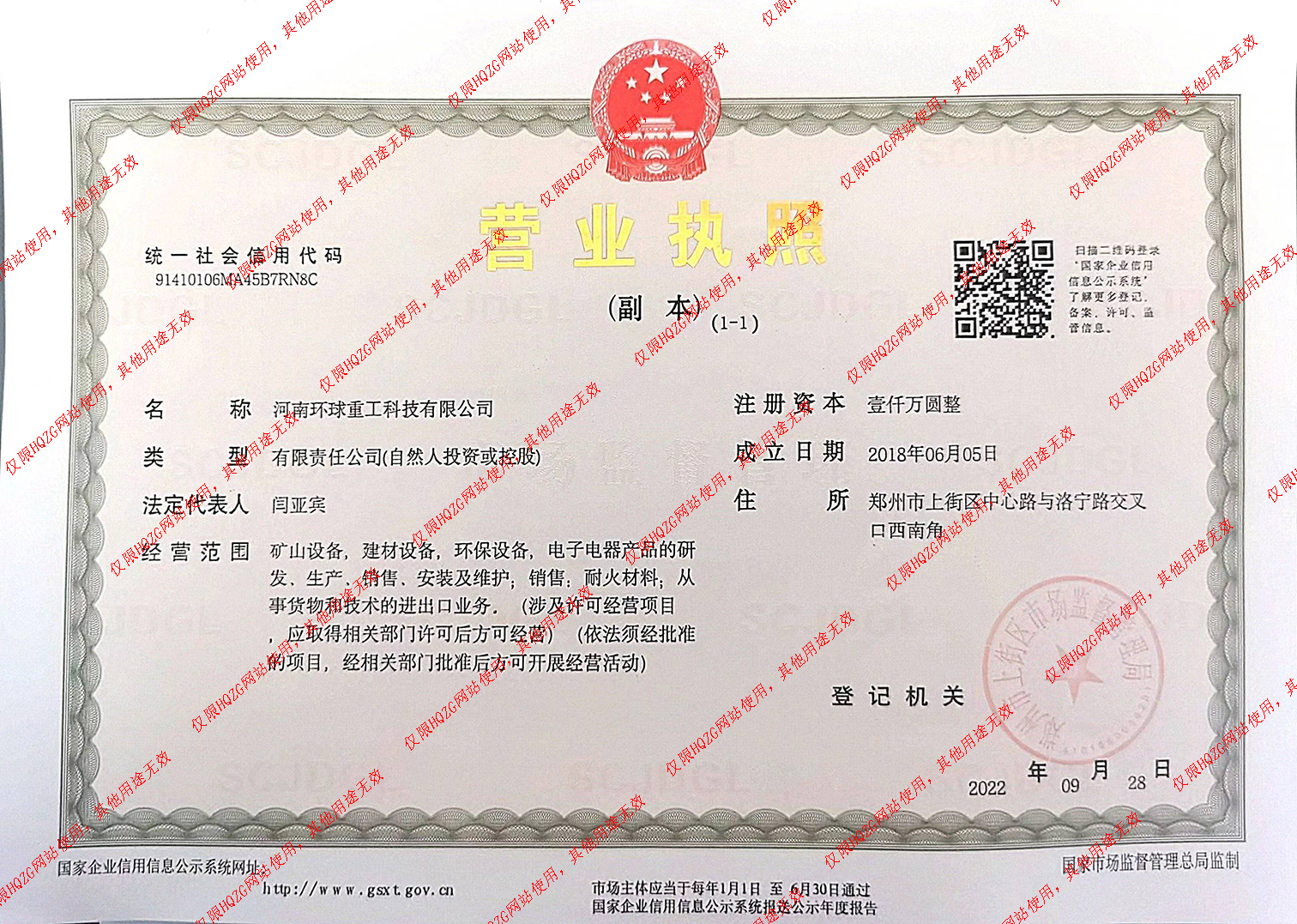Popular searched products:
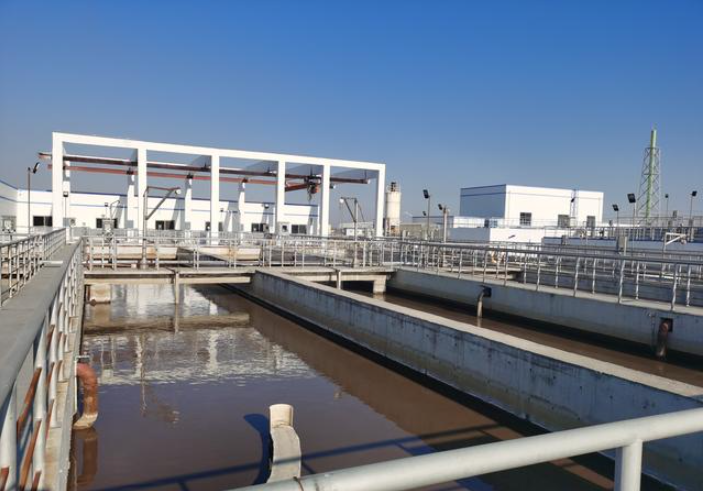
Sand washing sewage treatment method, sand washing mud settles quickly. Generally, a large amount of mud sewage will be produced during the sand washing process. The turbid earth-colored muddy water flows from the sand washing machine to the sedimentation tank. In the past, the traditional method was natural precipitation. However, sand washing wastewater contains suspended matter in the water containing fine mud particles. It is sticky and difficult to delaminate after a short period of settling, making it difficult to meet recycling standards. Therefore, sand washing wastewater needs to be treated, and the mud can be quickly recycled after rapid sedimentation. So, what are the methods for rapid sedimentation treatment of sand washing wastewater?
Sand washing wastewater treatment process
During the sand washing sewage treatment process, the suspended solids and sediments in the slurry-containing sewage are separated to form a mud-water separation effect and obtain clean water that can be used normally or discharged up to standards. This step is also called mud settling. . The method of treating sand washing wastewater is to use mud precipitant and mud rapid precipitant to separate the mud and sand through physical methods to form particle precipitation. Generally, there are more than 3 sedimentation tanks, which are divided into primary sedimentation tank, secondary sedimentation tank and clean water reuse tank. Environmentally friendly and zero-emission mud-water separation, with high efficiency and low cost.
Functional characteristics of mud precipitant
1. The process method is simple: only one method is needed to remove mud and sand. The method is simple and does not require any additional operations.
2. Good effect: The mud precipitant in the sand washing field reacts with the mud wastewater to form flocculation, making the effluent clearer.
3. Good flocculation effect: It can produce good flocculation, resulting in rapid sedimentation and good filterability.
In the sand washing industry, the water consumption of washing sand with clean water is relatively large. General water consumption is in the range of 100-300 cubic meters per hour. However, the sand and gravel properties, water quality and mud content of each sand washing site are different, so the amount and type of water and mud precipitant (mud rapid precipitant) used are also different. The rapid mud precipitating agent has two main functions in the treatment of wastewater in sand washing plants. One is to quickly flocculate the sediment in the wastewater, and the other is to purify the circulating water. The upper clear liquid enters the clear tank for reuse, the lower sludge enters the sludge dehydration equipment, and the mud cake is transported out for disposal.
Related Reading
- How much does a fine sand recovery machine cost/What are the advantages of a sand and gravel production line?
- What is the production cost of fine sand recycling machine? What are the key factors that affect the price of fine sand recovery machines?
- Where can I buy a fine sand recycling machine that is reliable? Which manufacturers sell fine sand recycling machines cheaply?
- Regarding the price of mobile sand making machines, manufacturer recommendations, and sand blasting effects, this article has everything you want to know!
Product show
Product
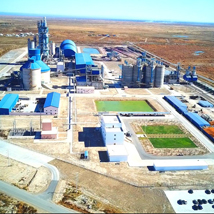


 Source:
Source: Time:2024/04/26 10:40:46
Time:2024/04/26 10:40:46